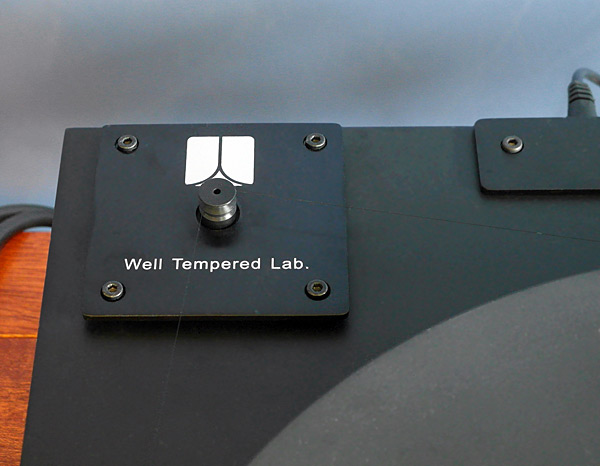| Columns Retired Columns & Blogs |
Art - thank-you very much for your esteemed opinion on a fairly new member of the new, redesigned generation of Well-Tempered turntables.
I was especially interested and gratified to learn from your comments that the Amadeus MkII apparently has much (or all) of the musicality of one of the old generation 'tables you reviewed several years ago. I'm pleased that this superior 'momentum and flow' character hasn't been lost despite all of the design changes.
I was also very interested to learn your perspective on the controversial aspect of Well-Tempered's tonearm's unique geometry.
My keen interest in the matter of tonearm geometry has come about because my experiences with the original Well Tempered Amadeus model has me mystified. I bought my Amadeus new a little more than a year ago. Initially upon setting up my turntable, I installed a brand-new Dynavector MC cartridge. But music played with my new cartridge suffered from severe distortion, especially on amplitude peaks. After a great deal of investigation into setup it seemed unlikely that my problem was related to a manufacturing defect, so I concluded that the cause of the distortion must be the cartridge. To test my theory I installed an Audio-Technica MM cartridge that I had used successfully on another turntable. But mounted on my Amadeus it too suffered from distortion - fortunately, a good deal less serious than the Dynavector - but still unacceptably high. One thing led to another, and after a great deal of sleuthing and several emails back and forth to the Canadian Distributor I learned that my tonearm's effective length (EL) - I measured mine to be at 260 mm - was almost a half-inch too short. The distributor assured me that the proper EL for my model's tonearm was 270mm (he confirmed this by measuring some that were set up in his showroom). I was impatient, so rather than ship my tonearm to the distributor to be repaired, I changed my tonearm's EL by sliding the tonearm wand inside its rubber collar (located within the silver flange on top of the golf ball) - forward 10 mm. Now my tonearm's EL was precisely 270mm. By the way, I can easily adjust my tonearm very precisely - to within a fraction of a mm. As a warning to others who might attempt this, I should say that this adjustment must be done with some care so as not to bend the wand, which is somewhat narrower than a standard pencil and made of a soft alloy of aluminum. In my experience the most tricky thing in this adjustment procedure wasn't altering the length, but ensuring that through the adjustment process the golf ball and the tonearm mounting bracket remain perfectly parallel.
Here's the mystery. In 2009, in response to a query, Bill Firebaugh posted a memo stating that the correct overhang for a cartridge installed on the Amadeus was a half-inch. All of my cartridges installed on my Amadeus MkI (with the adjusted 270mm EL) have overhangs of (estimated by eye) very approximately a half-inch. So, based on your article's comments, it appears that the Amadeus MkII uses a different geometry than the MkI. Presently, because I am still unsatisfied, I am thinking more and more that I should obtain a Feikert protractor to do a Baerwald or Loefgren alignment. The slots in the tonearm mounting plate are somewhat oversized and have enough 'free play' to allow for a couple of degrees of offset adjustment. It should be noted that the cartridge mounting flange isn't fixed in place, it can be adjusted (via a philips head screw underneath) but the manual solemnly warns against this. But, precisely adjusting the Feickert might be problematic because, as Art noted, locating the tonearm's exact pivot point might be difficult or impossible. Parenthetically - I should remind people that course adjustments of overhang can be made risk-free by any owner because the fluid reservoir in the original Amadeus is about 1 cm wider than the golf ball, so the arm from which the golf ball is suspended can be swung fore and aft a few mm, and thereby altering the pivot-spindle distance, to compensate for discrepancies in the mounting hole to stylus distance among various cartridge makes and models.






































